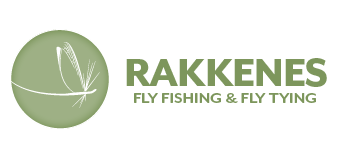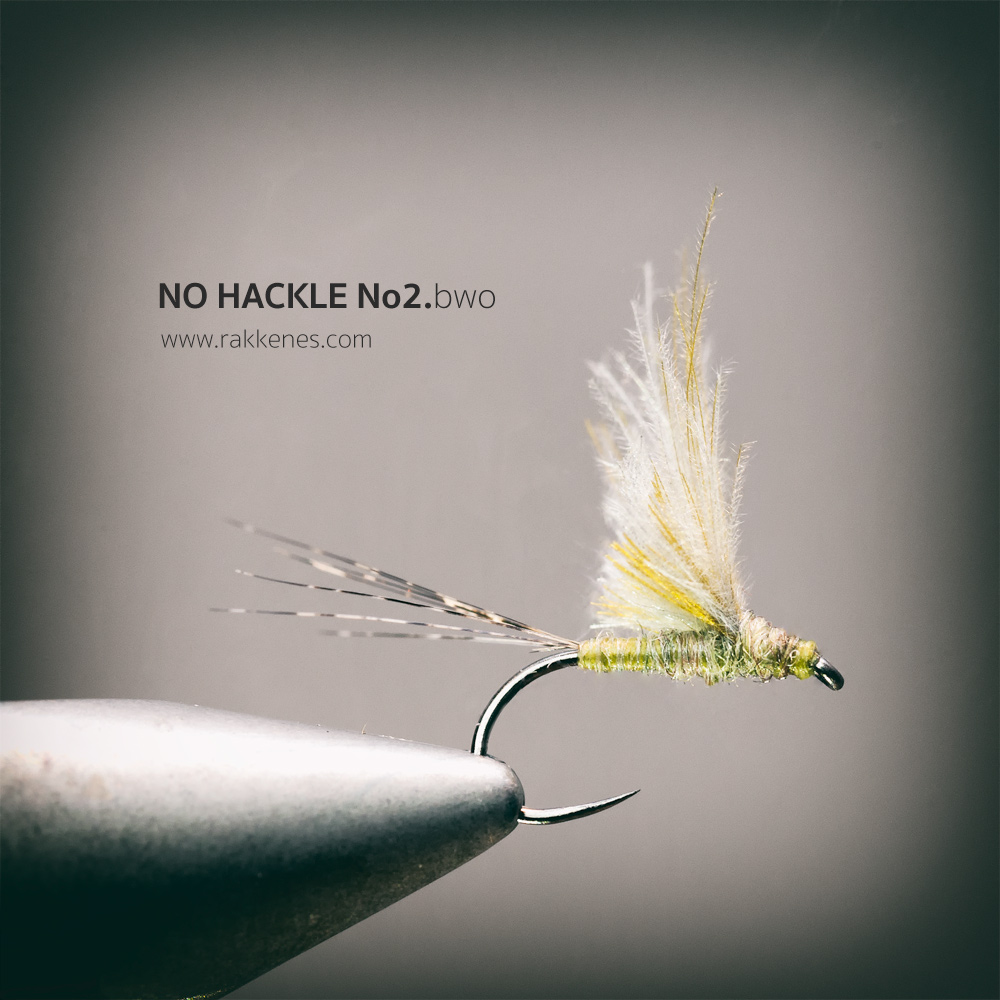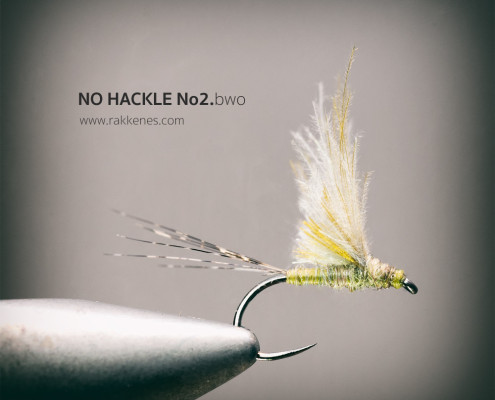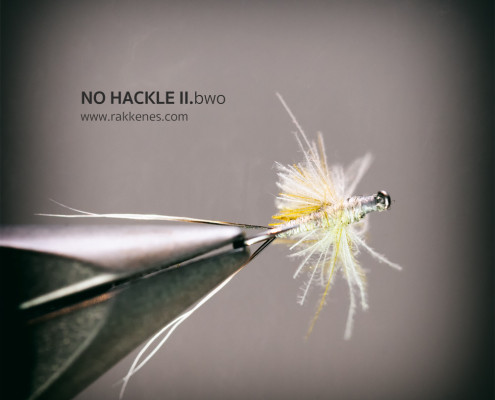THE NO HACKLE II
I’ll take the chance to challenge the No Hackle with this one. A CdC wing BWO that presents a crisp body profile and a convincing wing profile to the hungry trout. Never fished it, but it will work.
When it comes to the Comparadun, I always prefer deer hair wing to CdC. I have never understood the argument for the CdC, since the wing is a part of the body that’s above the waterline. CdC works best in water, not above.
Here’s a pattern I came up with on the in the car, driving back home from work. Never fished it, but I am certain that it will work .
The No Hackle II will present a crisp body profile, and the CdC wing has a profile that’s just right.
The wing is the trick here. It actually looks something like a Comparadun, but it is tied very differently. Take three similar CdC fibers and stack them on top of each other. Find the sweet spot where the barbules get longer. Stroke the barbules back at that point. Cut the stem where the barbules split (those you have stroked back, and those that’s left pointing up). After having cut the stem, stroke all barbules forward.
At this pint, you should have a CdC feather where the barbules reach longer than the stem.
The wing is tied in a couple of millimeters into the stem. Two loose turns with the bobbin. Pull back until you’re past the stem. Then tighten, and proceed.
When you’ve tied the wing, you cut it vertically to the shank of the hook to form the profile of a mayfly wing.
Hook: Hends BL 454 (or any other standard dry fly hook), Size 12-16
Thread: Uni 8/0 Olive Dun
Tail: Coq de Leon – split
Abdomen: Match your hatch. Here’s FlyRite #10 Blue Wing Olive and #41 Pale Olive (75/25)
Wing: Three CdC feathers, one Blue Dun – One Olive – One Blue dun (stacked in that order)
Thorax: Same as Abdomen
This fly is a quick tie, but the wing tankes some training to get right. But tie a few, and you’ll get the hang of it pretty fast. Vary the tailing material as you would on a ordinary comparadun.
High and dry – dead drift as most other dry duns.





